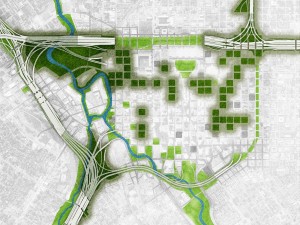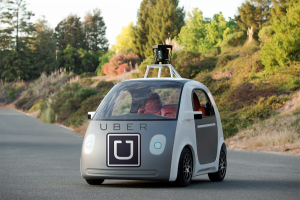The Urbanism Next Blog is focused on how changes in technology are reshaping the ways we live, move, and spend our time in cities. We are interested in emerging technologies such as autonomous vehicles (AV’s), the rise of E-Commerce, and the proliferation of the sharing economy. While other parts of the blogosphere are looking at the technological aspects of these advances, we are interested in the effects the they will have on cities and city design.
Urbanism Next is meant to be a source for those interested in technology and the built environment and is particularly targeted towards urban designers, architects, planners, landscape architects, and developers. Visit the blog for links to relevant articles, commentaries on emerging trends, and critical thinking around the future of our cities.
The Urbanism Next Blog is part of the Sustainable Cities Initiative’s (SCI) Urbanism Next Research Initiative at the University of Oregon.



